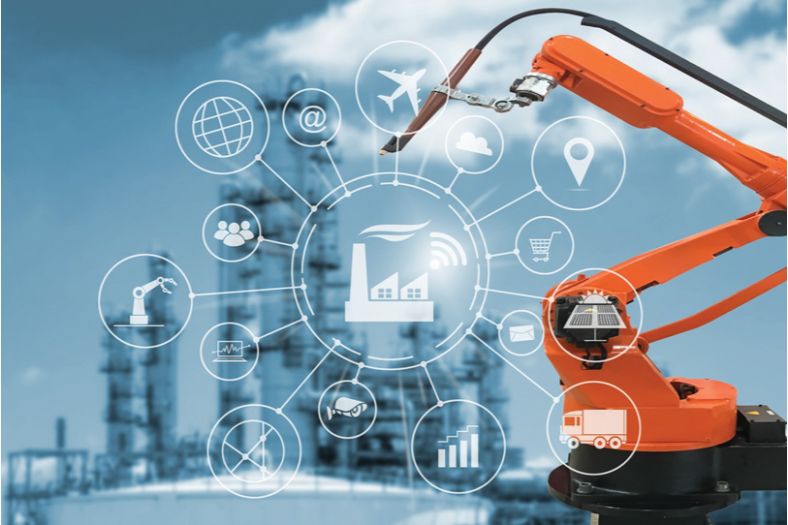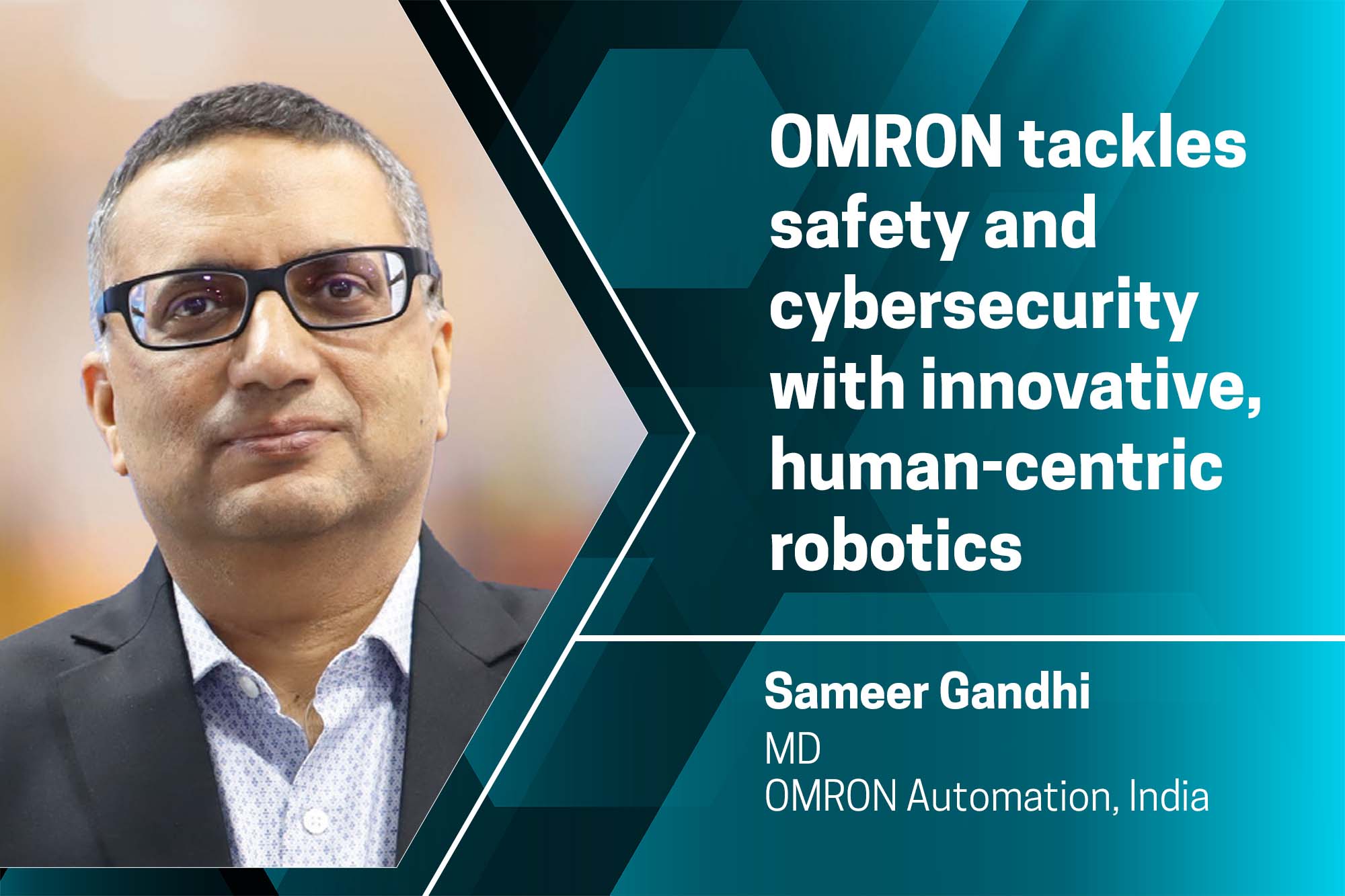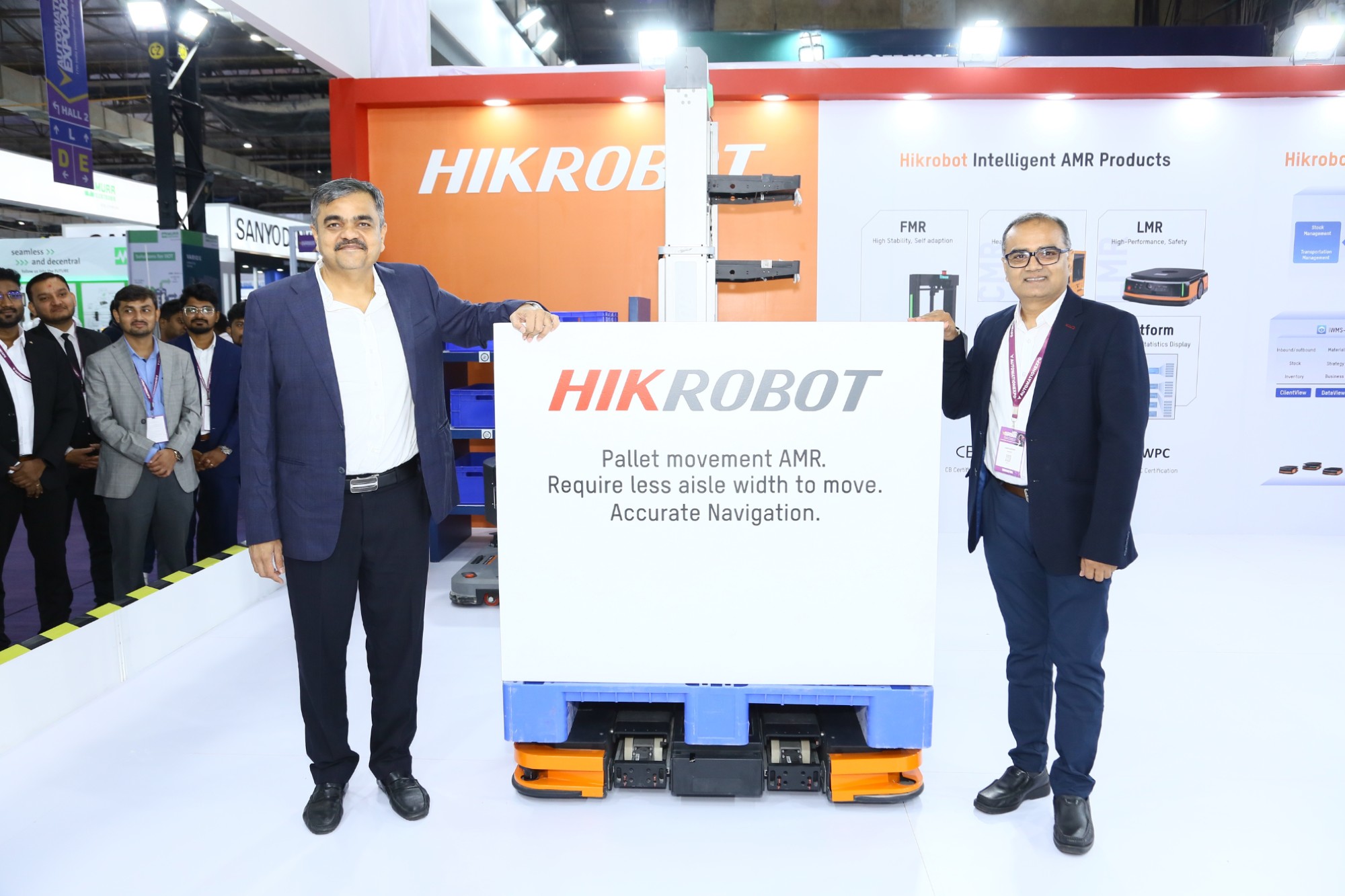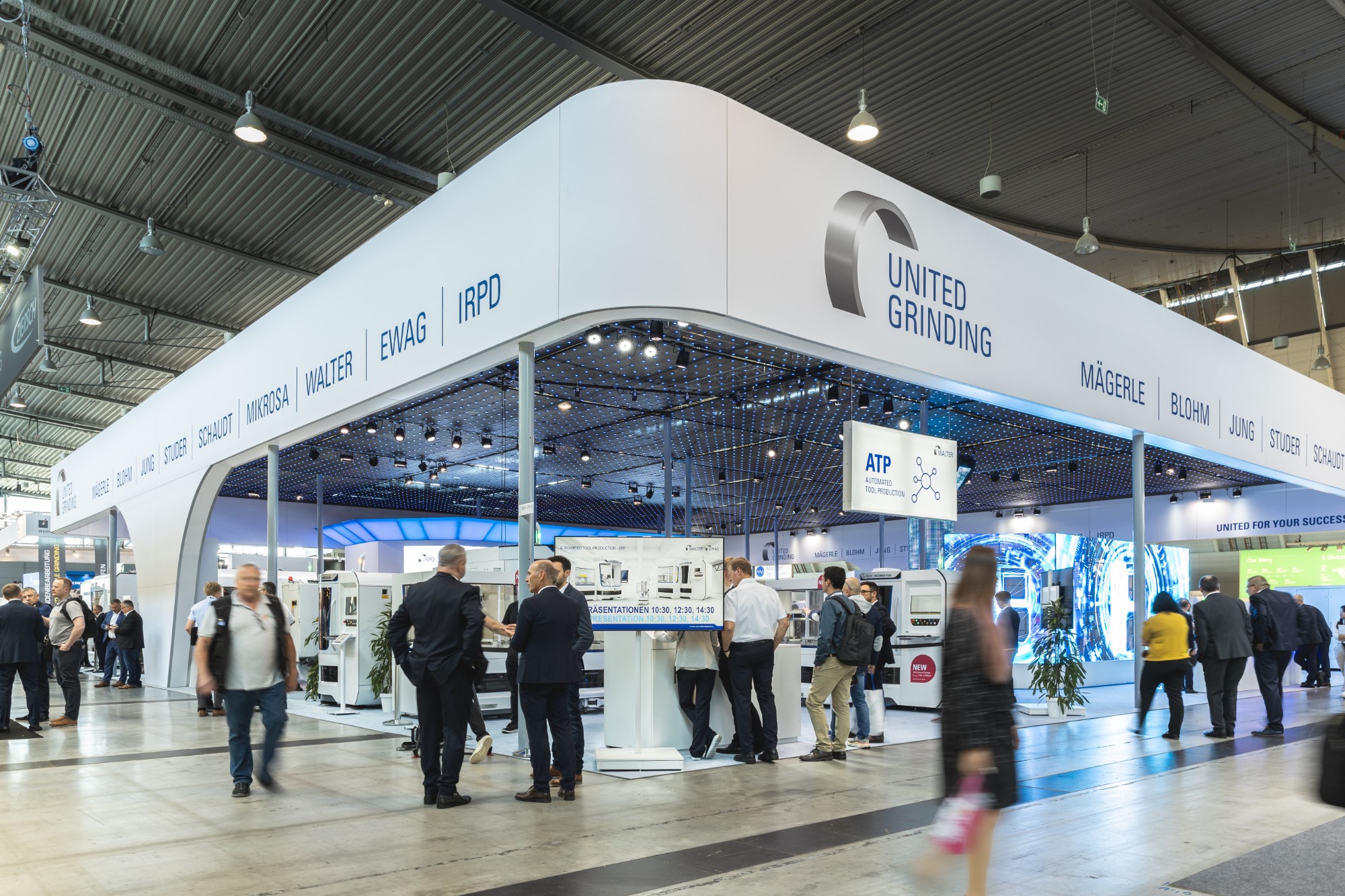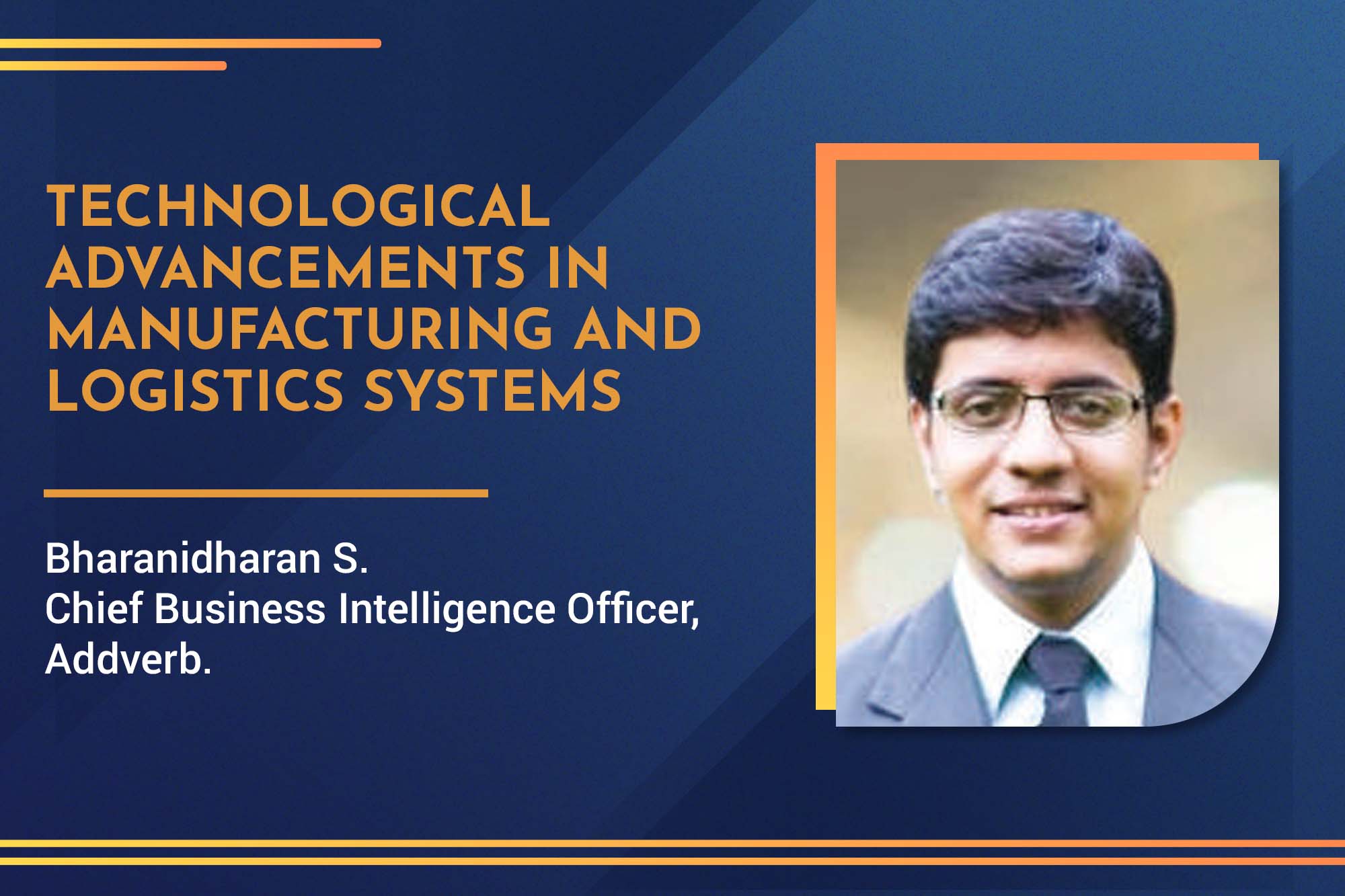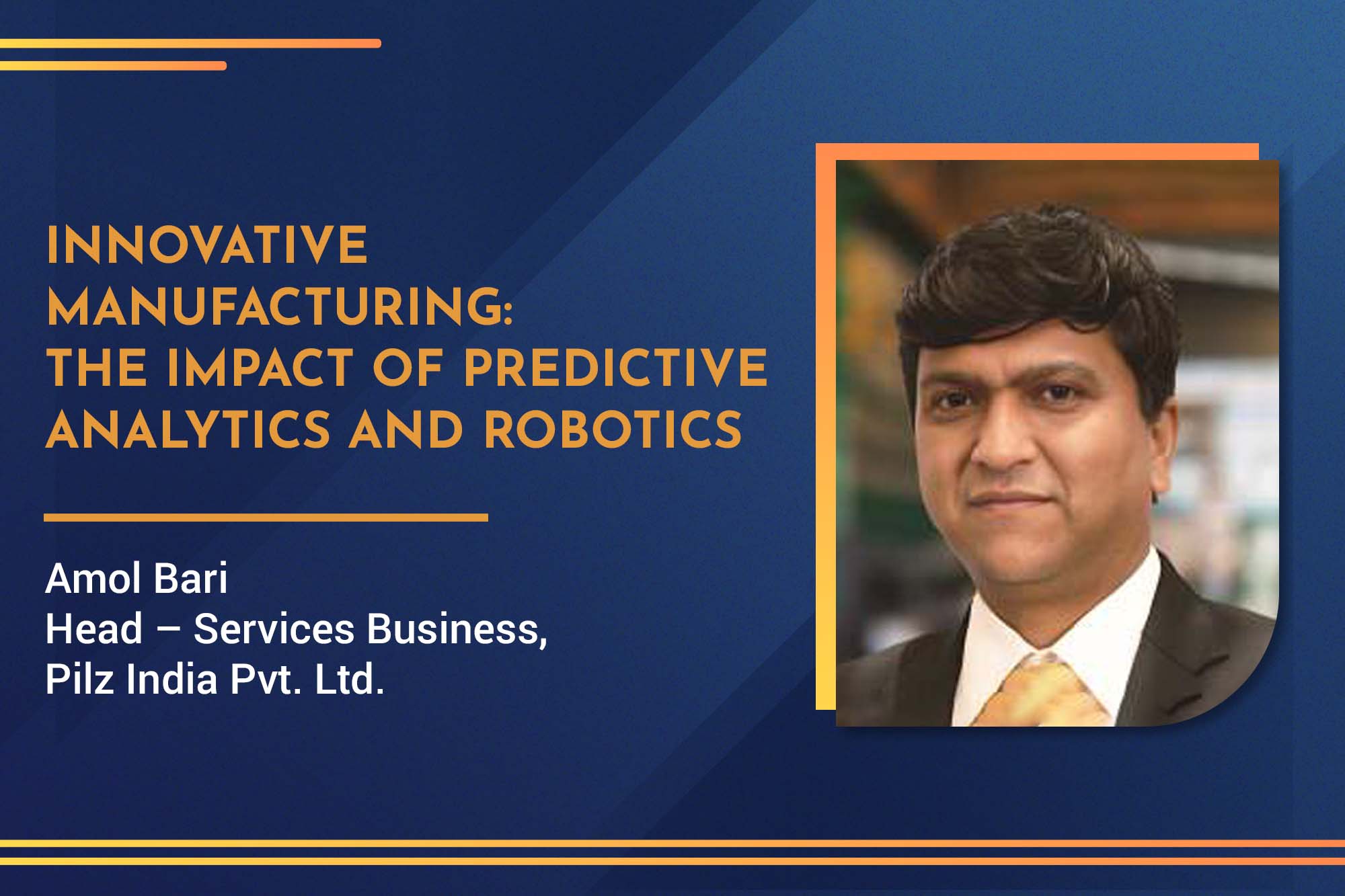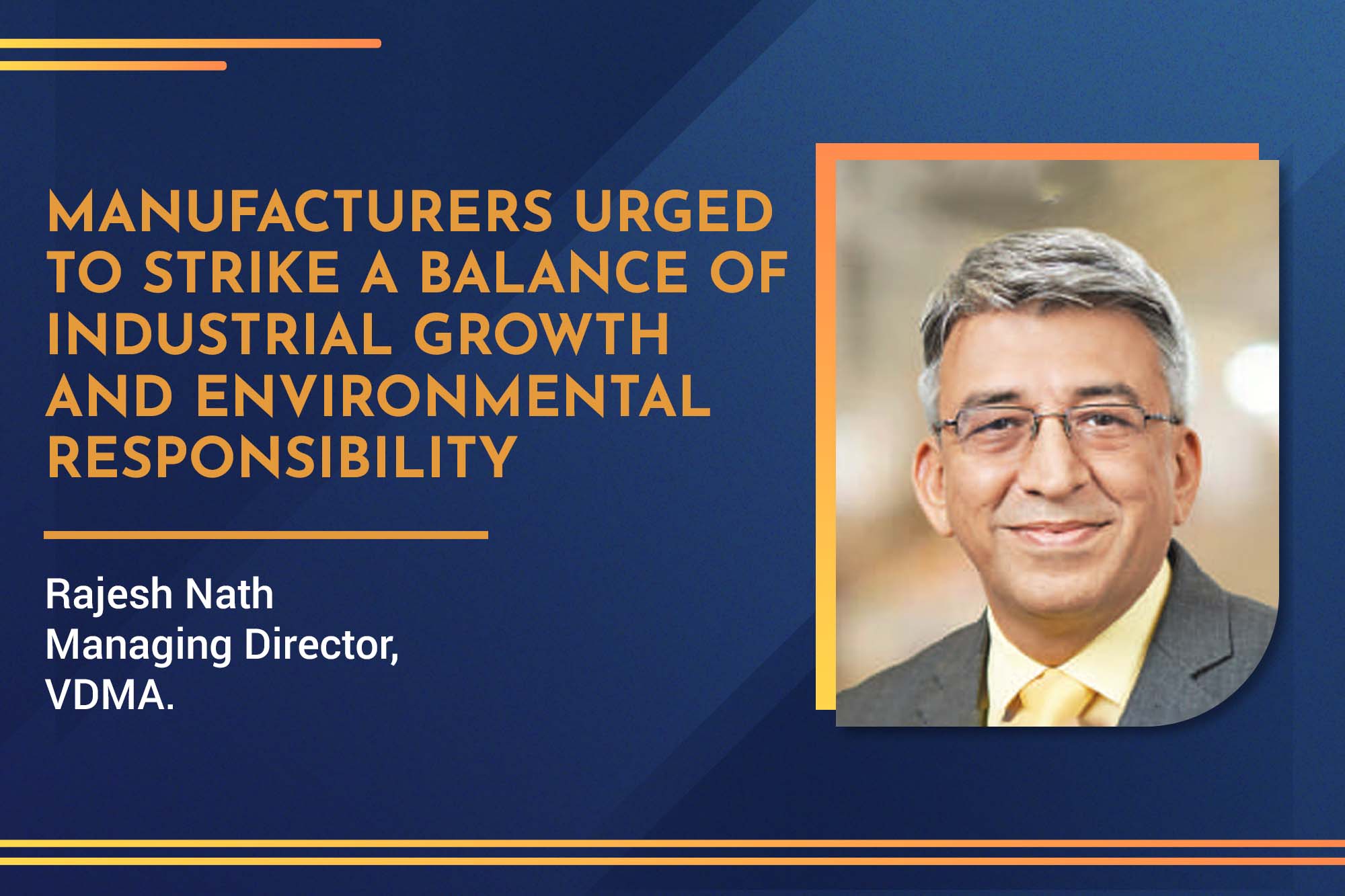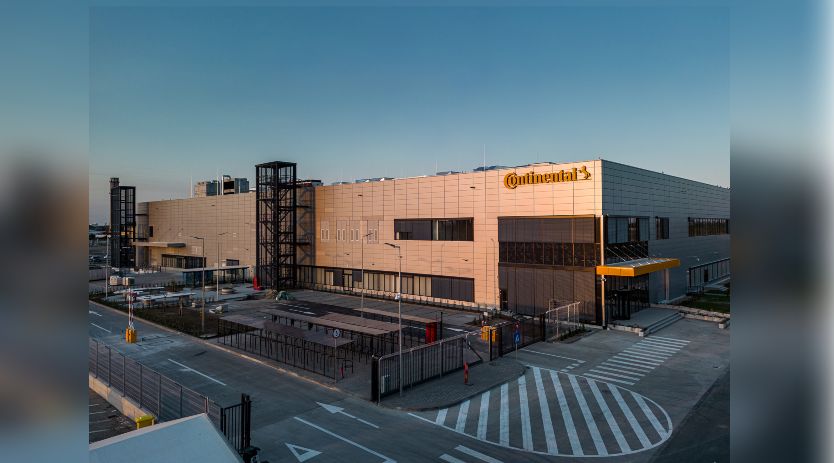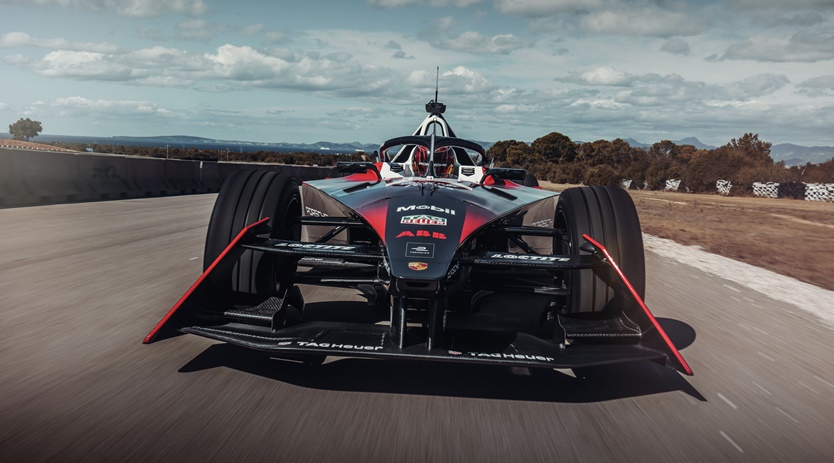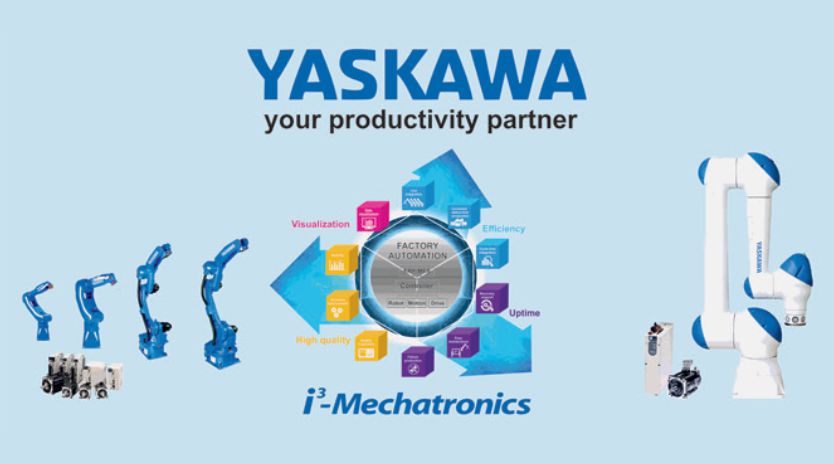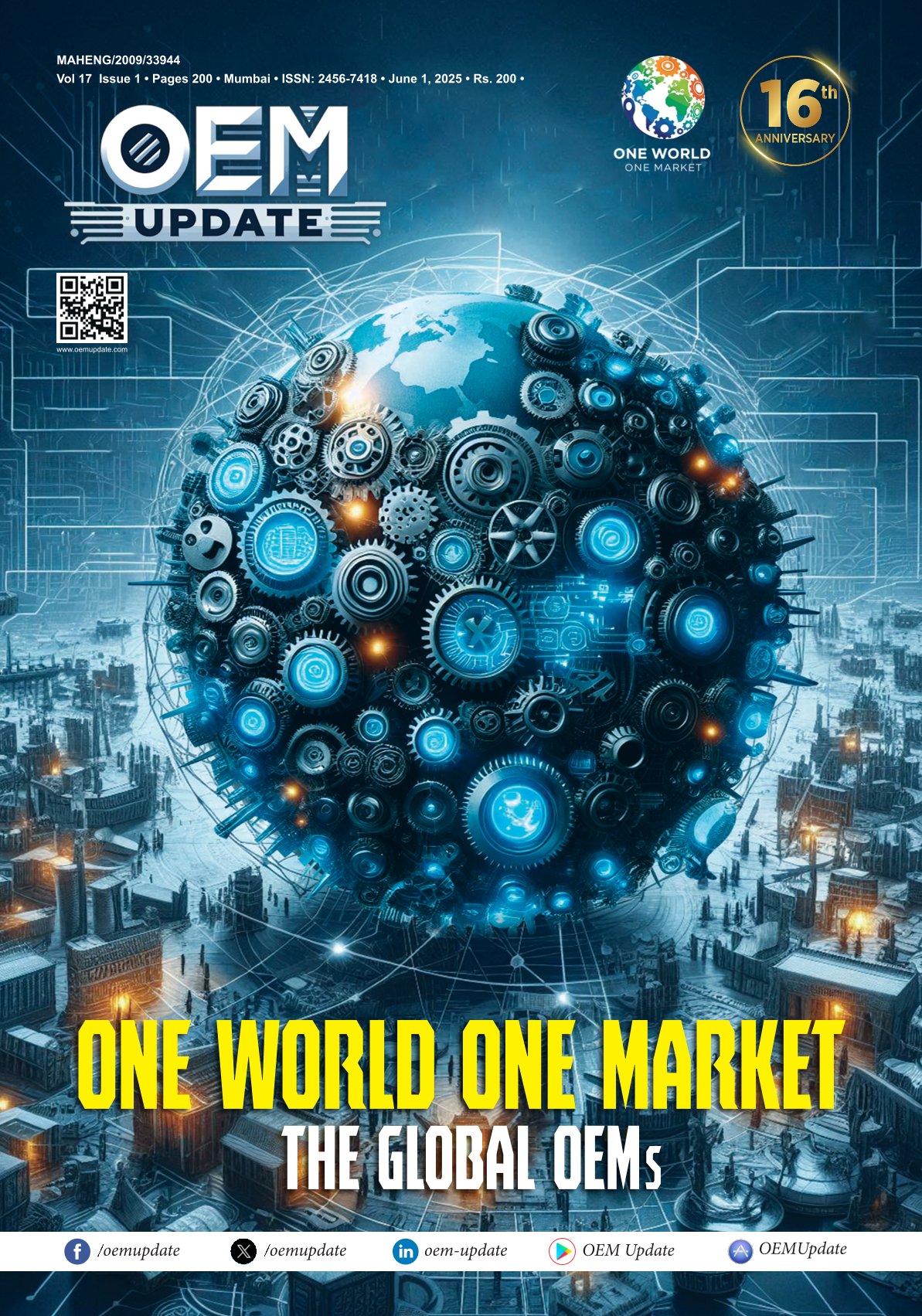Automation and Robotics Trends Continue for Manufacturing Excellence
By OEM Update Editorial November 30, 2021 9:19 pm IST
As technology is changing at a rapid pace, skilling and training becomes a continuous activity for the organisation.
The manufacturing sector’s expansion is becoming increasingly vital for India’s prosperity, as seen by ‘AatmaNirbhar Bharat’ and ‘Make in India’. The data is used for control and review to improve productivity. Machine Learning and AI provide real time and predictive analytics on production equipment enabling manufacturing operations to improve quality, reduce downtime and enhance security. In this digital age, being competitive is driving the companies to adopt process automation to stay relevant in the market, and to become competitive and flexible can only be accomplished by leveraging the latest technologies, says Ishizaka.
Automation with increasing digitalisation
Automation is finding increasing acceptance, as industries have started leveraging the power of IoT devices to access, analyse and respond to crucial commands, remarked Ishizaka. Expectations have developed concerning the digitalisation of industry and its potential to increase manufacturing performance. We see more and more organisations have started embracing this approach to optimise efficiency, and to reduce operational costs.
However, companies across India are yet to explore automation and IoT in their manufacturing facilities. Hence adoption is going to be the focus for most of the companies for the next few years.
Ravindra As the technological succession has become more rapid, the pace at which the industry is evolving has increased substantially. Just about a few years back we were discussing Industry 4.0, which included a digital network of machines, products and IT network. IoT and IIoT domains were established that included the consumer goods sector and industrial manufacturing sector respectively.
Now, Industry 5.0 is an extension of its previous tier which augments the automated and smart machines technology with that of the creative potential of human beings. It could be said that Industry 5.0 is the complete realisation of the power of automation and increased digitalisation that was envisioned during Industry 4.0. Increased digitalisation helps industries to identify inefficient processes and parameters quickly and optimise the same that saves time and cost for the industry.
Senthil opined, increased digitisation and automation resulted into the birth of an interconnected workspace cohabited by humans and machines to achieve higher efficiency, productivity, resilience, and sustainability. Industries across the spectrum are keenly observing the trends and are showing a positive response towards integrating digital technologies in their business processes. The growing appetite for digital transformation guarantees an upward trend for the automation and robotics market. It is slated to act as a strong pillar for reviving growth, boosting production, and furthering the vision of an Atmanirbhar Bharat. Indian businesses are eagerly pushing the pedal on automation and by global comparison; we are not far behind advanced economies. It is easier to make good quality, customisable products quickly with advanced technologies. Manufacturers need to match the pace of changing consumer behaviour and that’s where automation and robotics can make a major difference. For India to become an export hub, the adoption of automation technologies by industry players would be a critical factor.
Evaluating demand for automation
Ishizaka said, post pandemic, we observe that the demands for automation from across the factories have suddenly increased to scale up the manufacturing capabilities. As I believe high productivity with quality will be the key deciding factor in the current scenario. The Indian economy is going through a phase of rapid industrialisation. Government initiatives like ‘Make in India’ are supporting the growth of new industries and production facilities in India. This is creating a huge demand for automation and robotics and ensuring a move towards making India a global manufacturing hub. Hence, Automation and AI are taking centre stage, as it is seen by industries to improve the quality of production and simultaneously enhance the skills of the workforce. Adding to above, Anil said, if India is going to truly deliver on the ‘Vocal for Local’ and ‘Make in India’ initiatives, then we need to make our manufacturing sector globally competitive. If India is to have a serious manufacturing sector then it needs to export. And that means we need to compete on both cost and quality globally. Automation, AI, and robotics will be absolutely crucial to this.
Safety and security in manufacturing Ravindra emphasises, safety and security are the necessary drivers of automation. In the absence of automation, a problem in a critical process would go unnoticed. Automation eliminates human errors, thereby providing another level of safety. Internet-based solutions also impart data security when we opt for data transfer via secured line. Additionally, it also helps in faster data exchange giving more control to the process handler for faster decision making.
Anil says, firstly, you can’t have people working with machinery, if there is a risk of injury. This is now changing as new technologies such as cobots which can safely work directly alongside humans grow in popularity. And that is what is driving the Industry 5.0 conversation.
Senthil opines, over the years, automation has become increasingly popular among organisations for reasons like increased efficiency and cost cutting benefits. While these are important features, it is the safety and security aspect that heightens the implementation of such technology among companies. Recent threats to critical infrastructure have prompted manufacturing companies to tighten security measures. Reducing vulnerabilities to plant automation systems and other critical assets is necessary to help ensure the safety, reliability, integrity, and availability of these systems.
Industry 5.0 vs Indian SMEs
According to Senthil, MSME sector forms the backbone of the Indian economy contributing about 30 percent of the country’s GDP, driving employment and crusading exports. However, they have been rather slow in adopting automation. MSMEs need the proof-of-concept of the technology first. As a result, they might lag behind in the ongoing digital wave. The current environment and policy support around the Atmanirbhar Bharat initiative opens up avenues for the MSME’s to emerge as strong players in the market. Entrepreneurs must keep the thought of automation at the back of their minds to reap its benefits in the long term
The adoption of automation and digitisation technology for the Indian SME sector has tremendous potential. Indian SMEs have realised the power of Industry 4.0. With the advent of newer cost-effective automation solutions, SMEs now have started adopting these solutions. This paves the way to be ready for Industry 5.0 for these SMEs, says Ravindra.
To compete in the global market, Ishizaka says, the government focuses on expanding manufacturing capabilities.We see many Indian firms have yet to completely implement automation and IoT to reap the benefits of Industry 4.0. However, few of the enterprises will begin to look at Industry 5.0 as a way to efficiently manufacture a diverse range of products utilising robotics and automation.
Anil India has many micro, small, and medium manufacturing businesses and they should look carefully at automation technology and can radically improve their competitiveness. Small businesses must find a full-spectrum automation partner who can help them in their digitalisation journey.
Adding further, Senthil says, Industry 5.0 is set to revolutionise manufacturing by achieving greater synergies between humans and machines to improve the means and efficiency of production. While Industry 4.0 introduced ‘smart’ machines, Industry 5.0 would define the notion of machine-assisted humans. In simple terms, it is like adding a human touch to Industry 4.0. The collaboration between humans and robots is bound to increase in the near future and therefore it is essential to turn robots into ‘cobots’.
Digitisation vs.Technology
According to Senthil, the manufacturing sector is one of the key contributors to India’s growth and the country has envisioned pushing its manufacturing contribution to at least 25 percent of the National GDP by 2025. To achieve this, the sector needs to become an integral part of global supply chains and possess core competence over global competitors. By doing so, India has the opportunity to raise its competitiveness and become a manufacturing hub. At present, digitisation in India runs parallel with global efforts, with limited scale. However, for it to be successful, companies including small and medium enterprises need to scale up the adoption of such technologies. A silent pillar of India’s socio economic progress, around 60 million MSME players contribute 45 percent of the total industrial production and 40 percent of its total exports, as per Confederation of Indian Industry (CII).
In Ishizaka opinion, sensing the benefits of new technology and digitisation, industries have started deploying IoT devices in their factories to connect to the internet and to share and exchange data. Digitalisation has brought a lot of opportunities. We need to adopt it right now to succeed in the future. As it promises lower costs, improved production quality, flexibility, and efficiency. It also brings enterprises closer to their customers and allows them to address market demands in real-time.
To put it simply, Anil said, automation hardware is mature compared to automation software. Currently, it is automation software that is unlocking many of the new automation advances. Consider warehouse automation using autonomous mobile robots which from a hardware perspective is a relatively simple technology. The software that organises the complex logistical operations in an e-commerce warehouse is advancing by leaps and bounds.
Ravindra The advent of the internet helped the industry to come up with many automation based solutions. Digital transformation is directly responsible for the rise of IoT and IIoT based products in consumer goods and manufacturing domains. The digitalised solutions not only help in optimising the entire value chain in the product life cycle. This has also helped organisations to adopt such a solution cost-effectively.
Challenges in adopting factory automation According to a research report, the Indian industrial automation industry is expected to reach 250 billion by 2022 with growth driven by the rapid adoption of modern technology. Putting his views, Ishizaka says, Industrial automation acts as an enabler to increase reliability and efficiency, thereby improving return on investment (ROI). It enhances production rate and quality by incorporating innovative and integrated technologies, thereby reducing costs associated with the production process. The market for automation in India has been growing significantly over the last decade due to the increasing need for reliable and cost-effective ways of production. The demand for factory automation solutions in India is anticipated to surge with an increase in domestic manufacturing and an emphasis on increased process efficiency. However, longer adoption time, larger investment and skilled manpower are some of the challenges enterprises face, when adopting factory automation.
Talking about challenges Ravindra says, adopting factory automation to manufacturing units lies in getting skilled workforce difficulty, the cost of automation itself and the safety and security of the workforce handling the automation processes. The training becomes pertinent to comprehend the automation technology. As technology is changing at a rapid pace, training becomes a continuous activity for the organisation.
Talking about opportunities, Anil mentions, adopting factory automation can improve safety by removing the need for humans to do dangerous jobs. But of course there are challenges. Automation can be difficult to implement, and is also perceived as expensive, but increasingly this is not the case.
Future potential for automation Anil remarks, automation may change jobs, but not eliminate them. It will change jobs for the better by taking over monotonous tasks. The companies that refuse to adopt the latest manufacturing technologies risk becoming uncompetitive, losing out business to automated companies. It is worth considering that Japan and Germany have some of the highest numbers of industrial robots per head of manufacturing worker in the world and India too must fall in line.
Digitisation and technology are unlocking new capacities of processes and people, says Ishizaka. Since the modern age economy is built on automation, it is natural to assume that the future will be defined by automation as well. In reality, automation and robotics will enhance the skill-set and it will create more jobs.
Adding further, Ravindra mentions the next industrial revolution is having fine coordination between the human workforce and automated tools. In few cases or rather few processes will see physical workers being replaced by an automated solution. However, this will also create new roles in the industry. Increased automation will help organisations and people to focus on more critical value-added actions.
AI and humans have the same qualities and abilities, but in reality, they don’t. Contrary to machines and robots, we humans have the ability to imagine, anticipate, feel, and judge changing situations. Speaking on whether machines and robots will displace physical workers, I believe that it will rather create demand for a new technologically well-versed workforce which will work closely with such technology. The idea is to use a collaborative model to maximise potential and outputs, concludes Senthil.
Cookie Consent
We use cookies to personalize your experience. By continuing to visit this website you agree to our Terms & Conditions, Privacy Policy and Cookie Policy.



